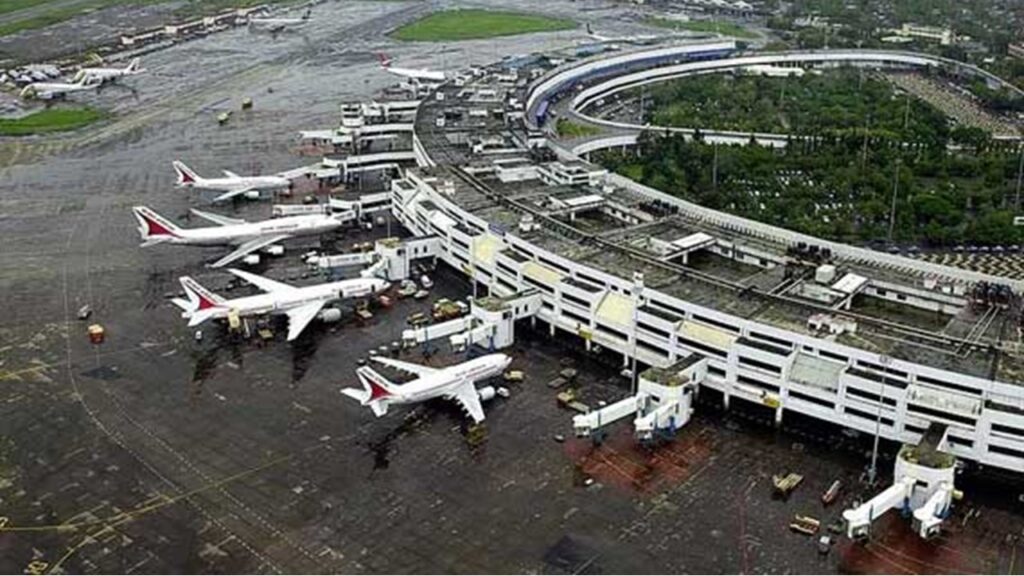By Ameya Joshi

The Ministry of Civil Aviation of India and the Minister for Civil Aviation have focused on the national carrier, Air India. Multiple efforts to find a buyer for the airline had failed in the past and effort was taking up a disproportionate amount of resources for revival.
The change in the central government in 2014 functioned as a reset for Civil Aviation in India. The focus shifted from status quo to making progress across areas, including the sale of Air India – which happened amidst the pandemic. The Tata group bagged Air India and took control of the airline in January 2022. The process continued unabated even with the change of corner office at the ministry with the current incumbent Jyotiraditya Scindia taking over as Minister of Civil Aviation in July 2021.
The focus has since shifted towards initiatives which will propel India into the next orbit of growth in civil aviation, all being led by four principles.
Restructuring of Regulators
The government has been working on a complete overhaul of the regulator to bring it on par with its global peers. The idea is to have multiple directorates work more cohesively and have financial and legal independence to the regulator. There has been a severe shortage of trained workforce, especially for cockpit crew and air traffic controllers. The challenge being adequate compensation and experience.
The regulator thus has produced a concept of deputation which involves a shorter span of tenure and helps tide over the crisis. The restructuring will help the operators and the entire ecosystem. As India heads towards emerging as one of the major markets in the world – it will instil confidence in the industry worldwide.
Digital Initiatives
The shift to digital initiatives from licensing to compliance received a forceful boost during the pandemic, however, the investment from the government and the regulator must catch up to keep pace with this necessary and rapidly developing arm of aviation. The digital initiatives aptly named eGCA by the regulator DGCA has seen continuous incremental growth.
Additionally, the digital initiatives also include public communication via social media like X (Formerly Twitter), YouTube and Facebook. The connect between airports and passengers has meant faster dissemination of information.

Airport Modernisation
The government-owned Airports Authority of India (AAI) have focused on airport modernization and construction. To speed up the process and ensure effective use of capital, the mini ratna enterprise has been creative. It involves having mobile Air Traffic Control cabins which can be shifted to another airport if operations stop at one airport and the concept of interim terminal which helps operationalize the airport swiftly. A splendid example of this is the one at Hirasar, Rajkot where the current terminal will be converted to a cargo terminal when a new terminal is built. In the interim it helped tide over the short runway and limited bays operation of erstwhile Rajkot airport.
Biofuels
In line with India’s carbon neutrality target of 2070 and coordinated with IATA’s carbon neutrality goals named “Fly Net Zero” by 2050, the ministry is running several programmes towards achieving the targets. This involves working on infrastructure creation for biofuels and working on regulations, starting with international flights, to blend biofuels with ATF.
Facilitator approach
The ministry has moved towards a facilitator approach with the creation of multiple work groups be it with airline operators, small regional players, or airport operators. The facilitator approach has helped the ecosystem tide over smaller issues and iron out the nitty-gritties.
Tail Note
To further aid a collaborative and cooperative effort, in September 2023 the Minister of Civil Aviation inaugurated an integrated complex of aviation regulators. Over a period, the new integrated complex will house offices of the Directorate General of Civil Aviation (DGCA), Bureau of Civil Aviation Security (BCAS), Airports Economic Regulatory Authority (AERA), Aircraft Accident Investigation Bureau (AAIB) and Airports Authority of India (AAI). The new complex with a built-up area of 70,940 sq. meters has been built at a cost of Rs 374.98 crore and took three years to construct. This will ensure close co-operation and knowledge sharing besides having all resources at a specific location.
Ameya Joshi is an aviation analyst and columnist who runs the analysis website Network Thoughts





